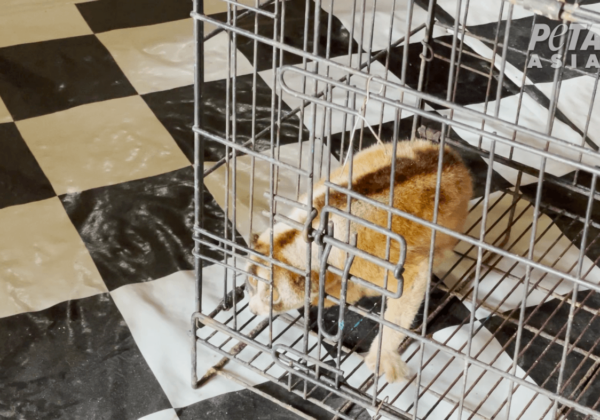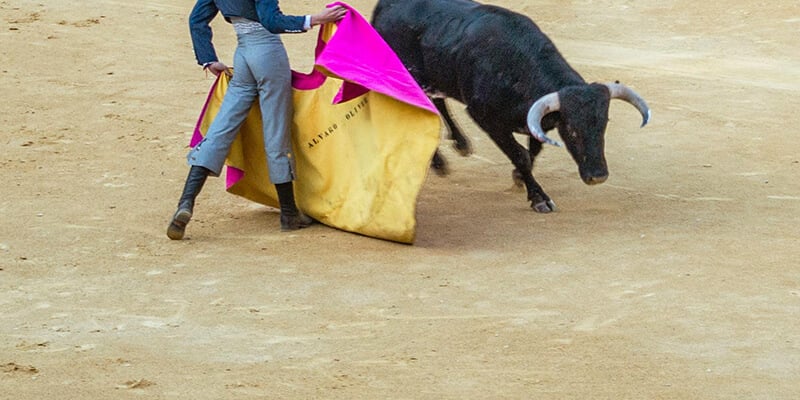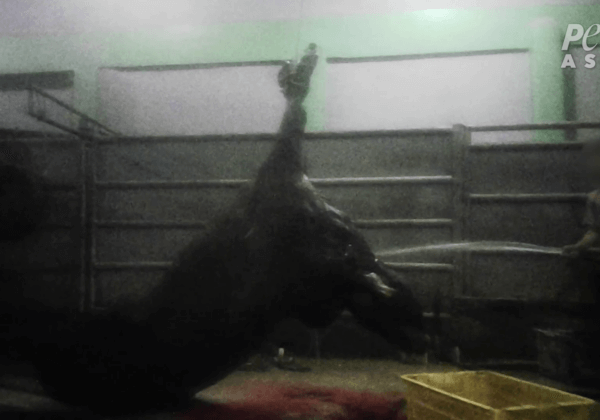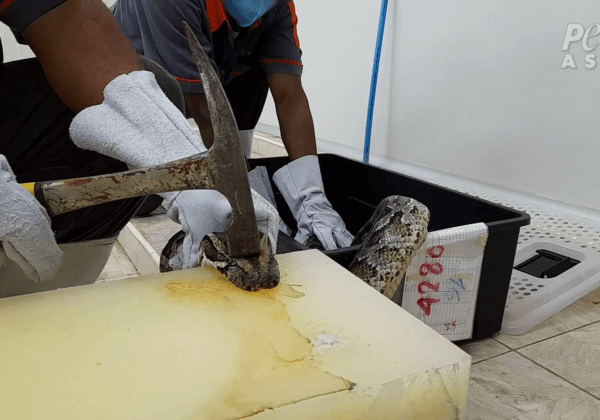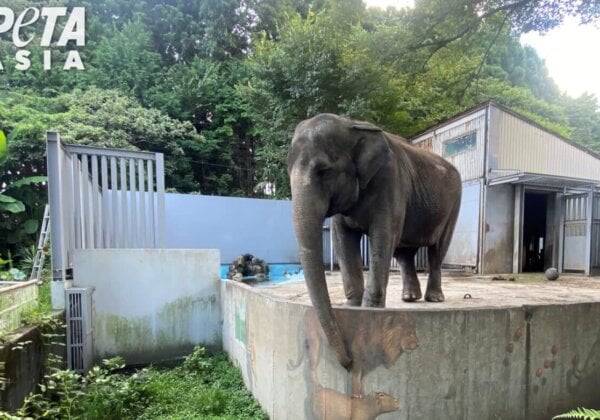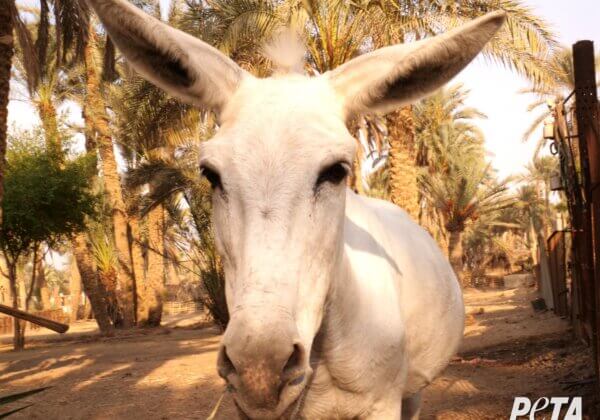Tiny Yet Terrific – Tarsiers Need Our Help!
 Tarsiers are, without a doubt, some of the cutest creatures that Mother Nature was kind enough to send our way. Arguably the world’s smallest primate, a tarsier is no bigger than a tennis ball. With big amber eyes that can melt your heart, it’s no surprise that they’re the number one tourist attraction in the province of Bohol in the Philippines.
Tarsiers are, without a doubt, some of the cutest creatures that Mother Nature was kind enough to send our way. Arguably the world’s smallest primate, a tarsier is no bigger than a tennis ball. With big amber eyes that can melt your heart, it’s no surprise that they’re the number one tourist attraction in the province of Bohol in the Philippines.
Famous for the “Chocolate Hills,” beautiful white sand beaches, and colorful local culture—Bohol is a must-see destination in the Philippines. It’s also arguably home to more ukuleles per capita than anywhere else in the world, perhaps even Hawaii! While everybody you meet will no doubt be smiling, there is one particular resident who is no doubt frowning.
Once widespread throughout Asia, the tarsier is now on the list of the world’s top 25 most endangered primates. Rather than help to alleviate the plight of their local icon, a large number of people on the island run roadside petting zoos at which tourists can have their photos taken with a tarsier. You may see a tin can put out for donations, but don’t be fooled—these operations are not contributing to a conservation effort for these primates.
Tarsiers are nocturnal, which means that rather than pose with tourists making peace signs, these little creatures would sleep all day and hunt for insects at night. “Tarsiers in cages are weak and sickly. They move slow and will never survive long in cages,” says Joannie Cabillo, the program manager of Philippine Tarsier Foundation, Inc. (PTFI). “This is because tarsiers are territorial, and once territory is established, they die to keep it.” Both staff and tourists regularly prod the primates to be awake for photos, and no effort has been made to replicate their natural environment.
This is damaging to their well-being. Also, tarsiers are one of the few species capable of committing suicide. “Mr. Carlito Pizarras, our tarsier expert, says they do hold their breath or bang their heads in cages,” says Joannie.
Pizarras is a world-renowned expert on tarsiers. Dubbed “The Tarsier Man,” he has been featured in National Geographic and Reader’s Digest magazines. He is happy to show visitors around the Philippine Tarsier Sanctuary of Corella and to arrange hikes for people to see these curious creatures in the wild surrounding the sanctuary.
Zoos, on the other hand, can’t provide a life for animals that is in any way similar to what their lives would have been like in the wild. The Manila Zoo has received a lot of attention in recent weeks because of the abhorrent conditions in which its animals are kept. Although this zoo is a particularly gruesome case, zoos are never what they claim to be. Some are bold enough to boast of their conservation practices. Even the largest of zoo enclosures cannot compare to the vastness of an animal’s natural habitat. Signs on most zoo enclosures provide little more information than an animal’s species, diet, and natural range. The only thing that zoos teach people is that it is acceptable to control every aspect of an animal’s life.
Pledge to go zoo-free today! Take a few moments to sign the pledge and help animals who are held captive in these outdated and barbaric institutions.
Posted by Robert Fry

